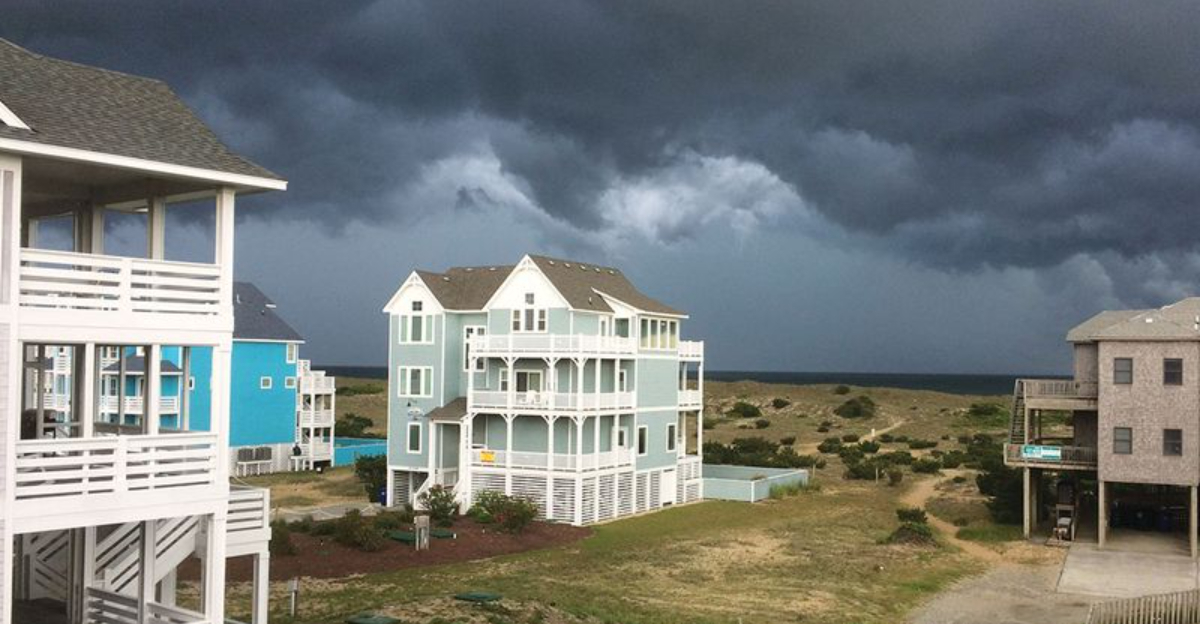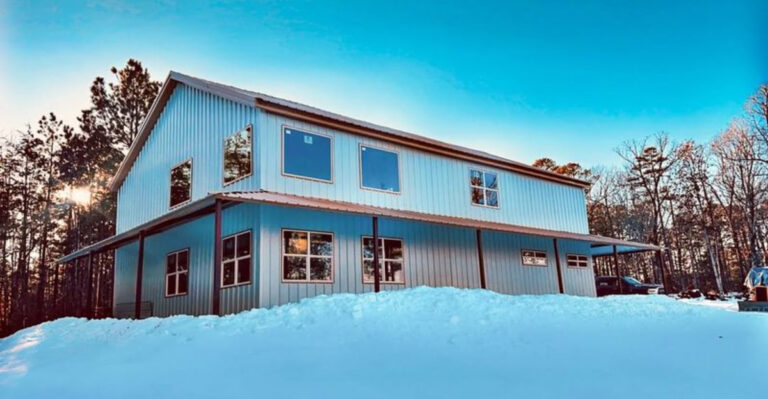16 State Laws Governing Home Design You Never Knew Existed
I used to think building a home was as simple as picking a lot and designing the layout, but I quickly learned how wrong I was.
Turns out, every state has its own set of surprising rules that control everything from how high your roof can go to what kind of septic system you’re allowed to install.
No one warns you about the fine print until you’re knee-deep in permits and backtracking on plans. Trust me, understanding these laws ahead of time isn’t just smart, it can save you serious money, time, and stress before the foundation’s even poured.
1. California’s Title 24 Energy Efficiency Standards
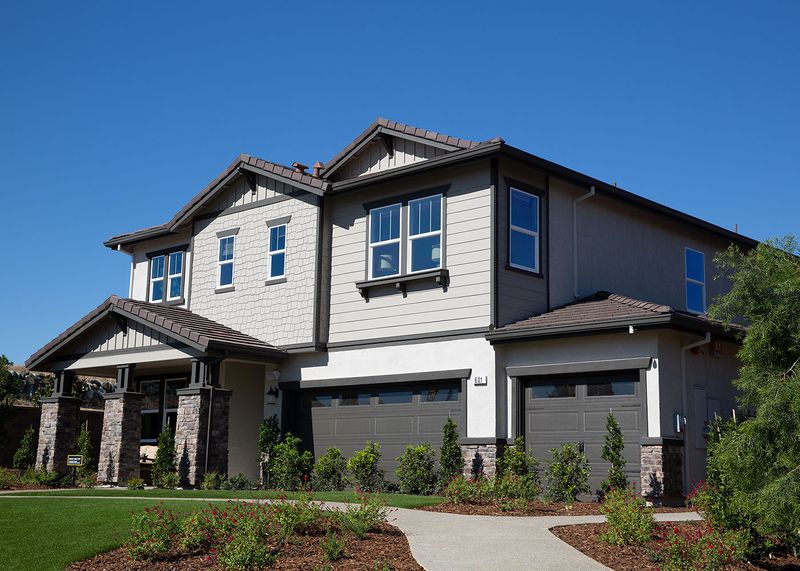
California doesn’t mess around when it comes to energy efficiency. Title 24 sets the gold standard for green building practices across the Golden State.
Your new home must meet strict insulation requirements, use high-performance windows, and include efficient HVAC systems. The code even dictates lighting choices and water heating methods.
Breaking these rules isn’t just expensive—it can halt your entire project. Smart builders embrace these standards early in the design process.
2. Florida’s Hurricane-Proof Building Requirements
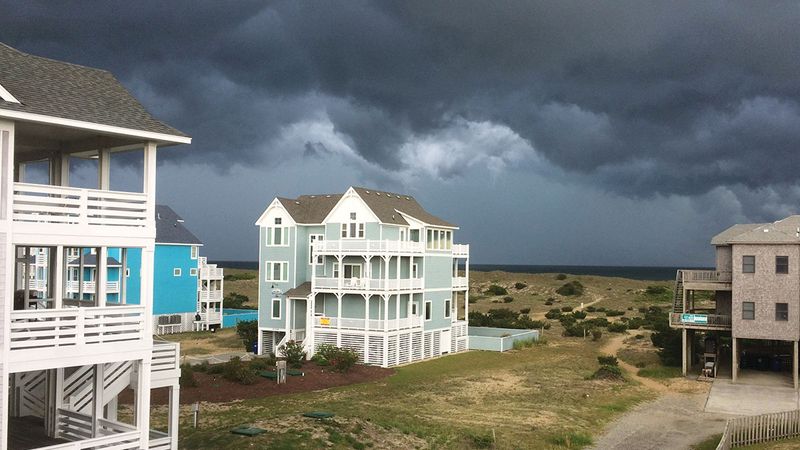
When Mother Nature throws a tantrum in Florida, your house better be ready for the fight. The state’s building code requires homes to withstand winds up to 180 mph in some coastal areas.
Special hurricane straps, impact-resistant windows, and reinforced garage doors become mandatory equipment. Your roof design must also meet specific wind uplift standards.
Skipping these requirements could leave you literally roofless when the next big storm rolls through the Sunshine State.
3. Texas Energy Code Insulation Mandates
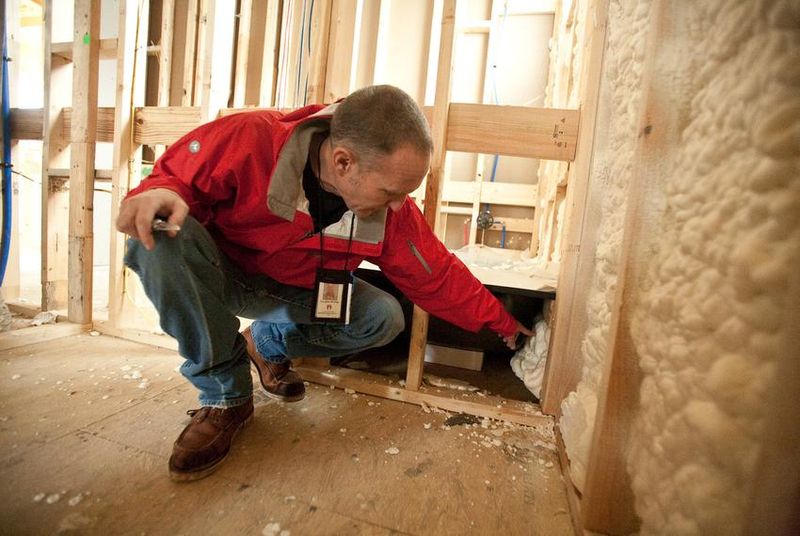
Everything’s bigger in Texas, including the energy bills if you don’t follow the state’s insulation requirements. The Texas Energy Code adopted strict IRC Chapter 11 standards to combat those scorching summers.
Proper insulation placement, HVAC efficiency ratings, and window performance standards aren’t suggestions—they’re law. Your home’s thermal envelope must meet specific R-values based on climate zones.
Cutting corners on insulation might save money upfront, but it’ll cost you dearly when those electric bills arrive.
4. New York’s Radon Mitigation Zone Rules

Radon might be invisible, but New York State takes this radioactive gas seriously. High-risk zones require special construction methods to keep this health hazard out of your home.
Sub-slab depressurization systems, vapor barriers, and specific ventilation requirements become mandatory in designated areas. Your builder must install these systems during initial construction.
Ignoring radon regulations puts your family’s health at risk and creates costly retrofitting problems later. Prevention beats expensive fixes every single time.
5. Massachusetts Stretch Energy Code Adoption

Massachusetts towns can voluntarily adopt the Stretch Energy Code, creating super-strict building standards that make regular codes look relaxed. This optional upgrade pushes energy efficiency to the extreme.
Enhanced insulation, advanced air sealing, and high-efficiency mechanical systems become the new normal. Your home must perform significantly better than standard state requirements.
Towns embracing this code want to lead the nation in energy conservation, making your building project more challenging but environmentally responsible.
6. Illinois Smoke And Carbon Monoxide Detector Placement Laws
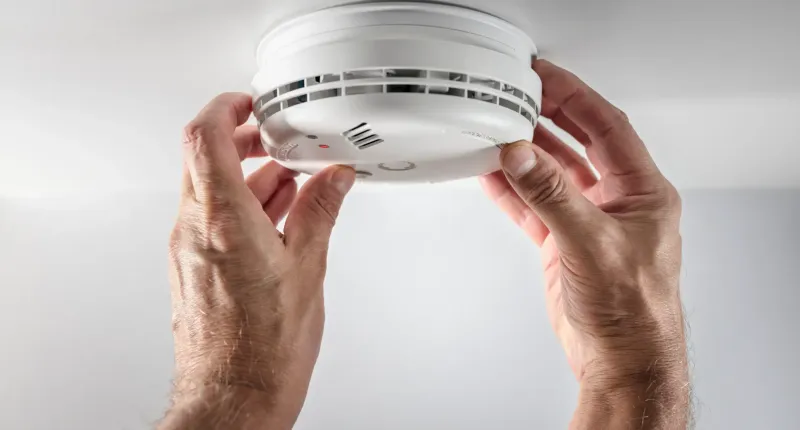
Illinois lawmakers got specific about where you place those beeping life-savers in your home. The state’s detector laws go beyond basic safety recommendations to mandate exact placement rules.
Smoke detectors must be installed in every bedroom, outside sleeping areas, and on every level of your home. Carbon monoxide detectors have their own specific requirements near fuel-burning appliances.
Renovation projects trigger these requirements too, so updating your kitchen might mean upgrading your entire detection system throughout the house.
7. Oregon’s Reach Code For High-Efficiency Buildings
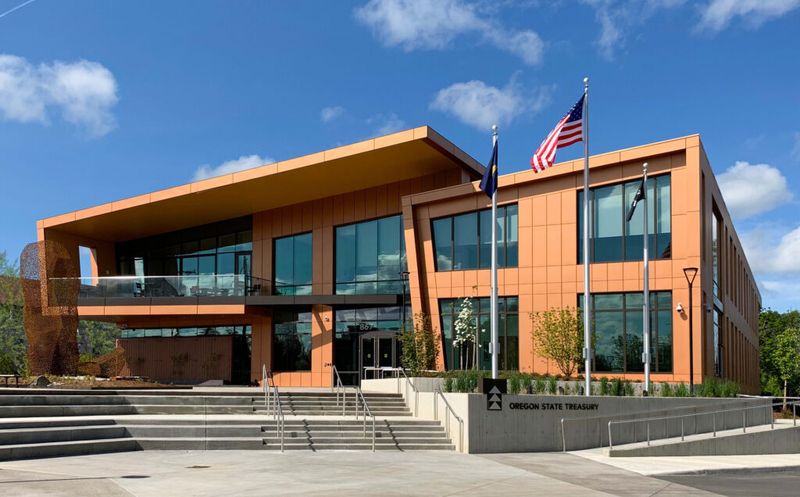
Oregon’s Reach Code pushes the envelope on sustainable building practices, creating voluntary standards that challenge conventional construction methods. Forward-thinking builders embrace these advanced requirements.
Low-energy design principles, enhanced building envelope performance, and renewable energy integration become standard practice. Your home must achieve exceptional energy performance ratings.
While optional, many Oregon communities adopt these codes to combat climate change and reduce utility costs for residents long-term.
8. Washington State’s Rigorous Energy Performance Standards

Washington State doesn’t play games with energy efficiency. The Washington State Energy Code sets some of the nation’s toughest building performance requirements.
Advanced insulation techniques, meticulous air sealing, and high-efficiency mechanical systems become non-negotiable elements of your home design. Every thermal bridge must be addressed.
Builders who underestimate these requirements often face expensive retrofitting work when inspections reveal code violations. Getting it right the first time saves everyone headaches.
9. North Carolina’s Coastal Building Restrictions
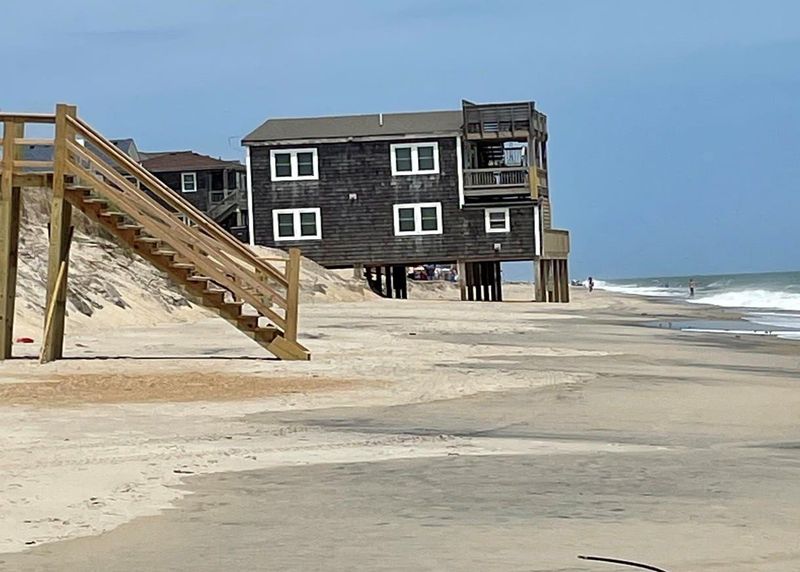
Building near North Carolina’s beautiful coastline comes with serious strings attached. The Coastal Area Management Act creates a regulatory maze that protects fragile ecosystems while managing flood risks.
Setback requirements, elevation standards, and approved building materials become critical considerations. Your dream beachfront home must comply with environmental protection rules.
CAMA regulations can significantly impact your building footprint and design choices, making early consultation with local authorities absolutely essential for project success.
10. Nevada’s Solar Access Rights Protection

Nevada’s solar access laws put homeowners in the driver’s seat when it comes to renewable energy installation. The state actively protects your right to harness desert sunshine.
Homeowners associations cannot impose unreasonable restrictions on solar panel installation. Your property rights include the freedom to generate clean energy without bureaucratic interference.
These laws prevent HOAs from blocking solar projects based on aesthetic concerns, ensuring your investment in renewable energy remains protected by state legislation.
11. Colorado’s Wildfire-Resistant Construction Rules
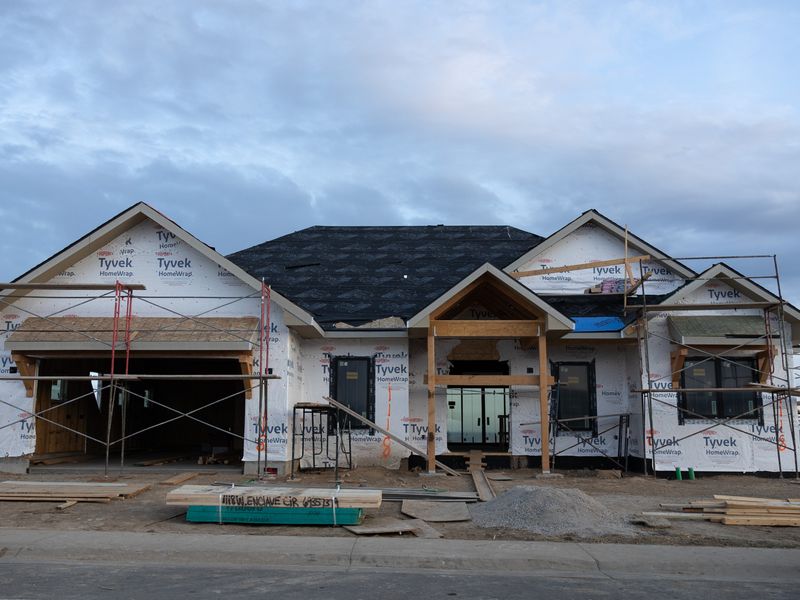
Colorado’s wildland-urban interface regulations turn fire safety into a building code requirement. Homes in fire-prone areas must use specific materials and create defensible space.
Fire-resistant roofing, siding materials, and landscaping choices become mandatory elements of your home design. Your property must include cleared zones around structures.
These rules might limit your material choices, but they could save your home when wildfires threaten Colorado’s beautiful but dangerous mountain communities.
12. Arizona’s Graywater Reuse System Standards
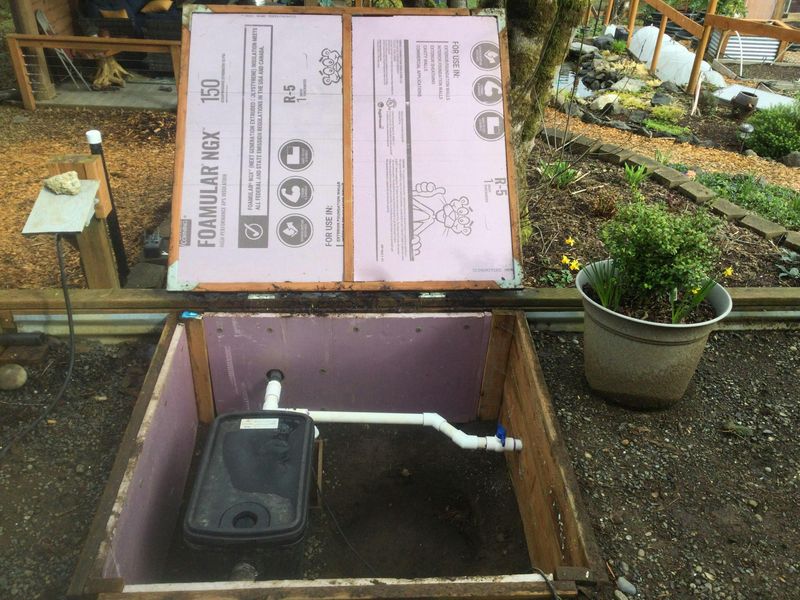
Arizona encourages water conservation through legal graywater reuse systems. The state’s regulations allow homeowners to recycle water from sinks, showers, and washing machines for outdoor irrigation.
Specific plumbing requirements, filtration systems, and distribution methods must meet state standards. Your graywater system cannot contaminate groundwater or create health hazards.
Desert living demands water efficiency, and Arizona’s progressive laws help homeowners reduce consumption while maintaining beautiful landscapes in challenging climatic conditions.
13. Hawaii’s Historic Preservation Review Process
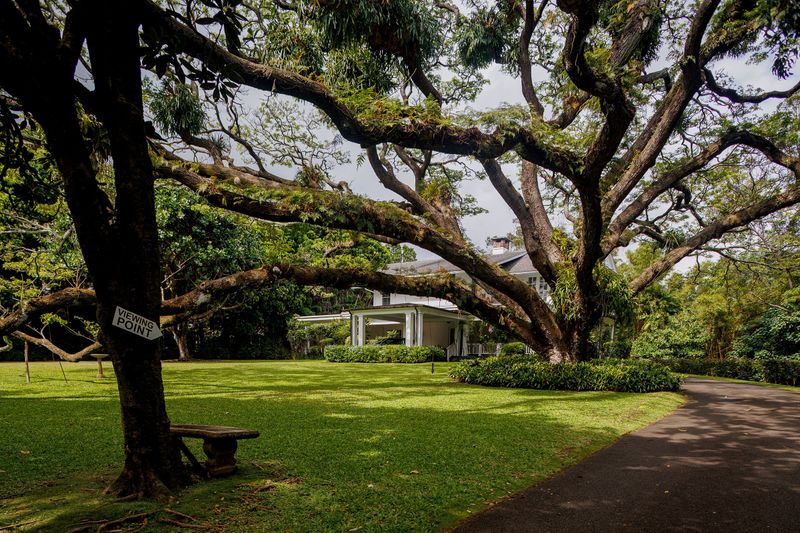
Altering historic homes in Hawaii requires navigating the state’s preservation review process. The islands protect their architectural heritage through strict oversight of renovation projects.
Historic districts impose additional design restrictions that preserve cultural character. Your renovation plans must receive approval before construction begins.
These laws ensure Hawaii’s unique architectural legacy survives modern development pressures, but they can significantly complicate and delay your home improvement projects throughout the islands.
14. Louisiana’s Flood-Resistant Building Standards

Louisiana’s flood-prone geography demands special building techniques that can survive water damage. The state’s construction standards require elevated foundations and water-resistant materials in flood zones.
Specific elevation requirements, flood-resistant materials, and construction methods become mandatory for new homes. Your foundation design must account for potential flooding.
These regulations reflect hard-learned lessons from Hurricane Katrina and other devastating floods that have shaped Louisiana’s approach to residential construction and safety.
15. Alaska’s Cold Climate Building Efficiency Standards
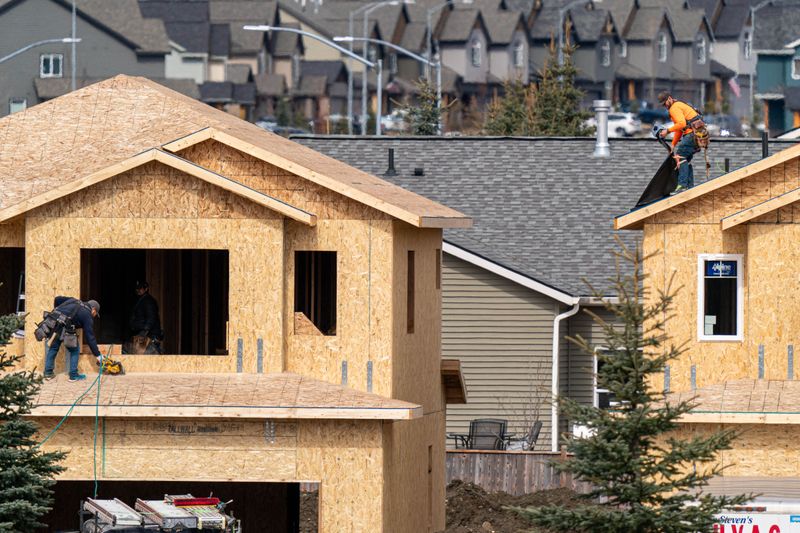
Alaska’s brutal winters demand exceptional building performance standards. The state’s Building Energy Efficiency Standards ensure homes can withstand subarctic conditions while maintaining reasonable heating costs.
Extreme insulation requirements, advanced ventilation systems, and efficient heating methods become essential elements of your home design. Your building envelope must perform in temperatures well below zero.
Cutting corners on these requirements in Alaska isn’t just expensive—it can be dangerous when winter temperatures plummet and heating systems work overtime.
16. Maryland’s Advanced Septic System Requirements
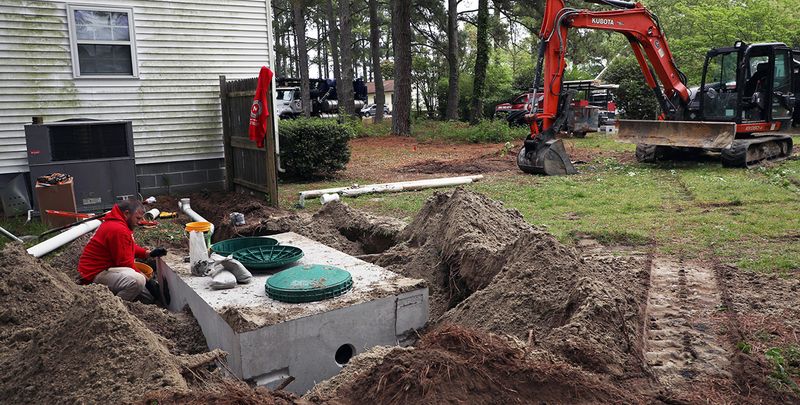
Maryland’s septic system laws protect the Chesapeake Bay through advanced technology requirements. New homes must install Best Available Technology systems that dramatically reduce nitrogen pollution.
These high-tech septic systems cost significantly more than traditional designs but provide superior wastewater treatment. Your system must meet strict performance standards.
Protecting the bay’s delicate ecosystem requires expensive septic upgrades, but Maryland considers clean water more important than construction cost savings for new residential development.

